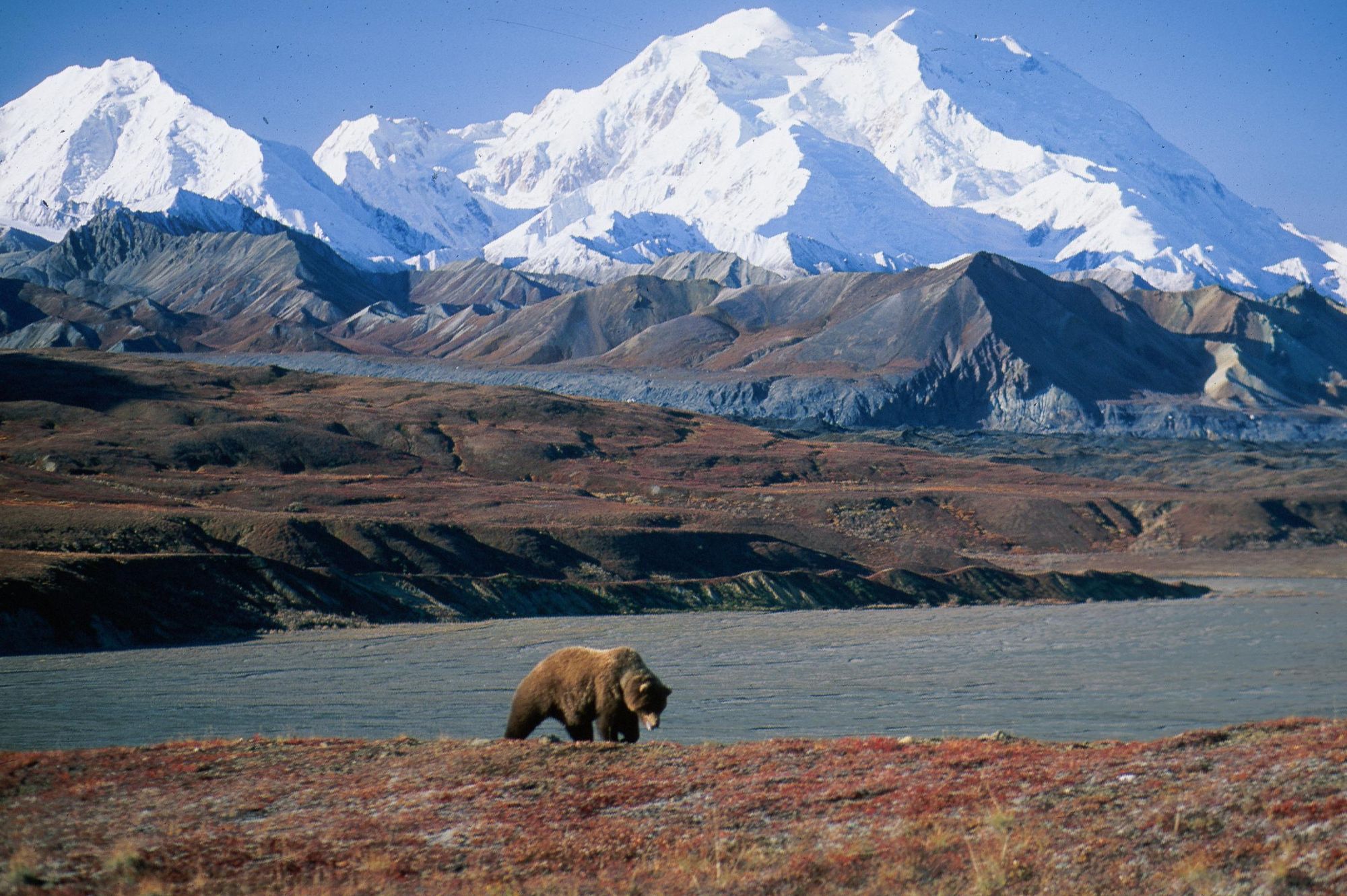Alaska’s Denali National Park comprises six million acres of wild sub-Arctic landscape with just one solitary road going through it. At the lower altitudes lies boreal forest threaded with glacial rivers. During the short summer it bursts into life with more than 430 species of flowering plants, from vibrant pink fireweed to delicate blue forget-me-nots.
The forests give way to high alpine tundra, which is carpeted snow during winter. The sharp glaciated mountains of the Alaska Range run through the park, peaking with North America’s tallest mountain, the 6190-metre-high Mount Denali. It’s a landscape shaped by the forces of nature - tectonic shifts and extreme weather - rather than by human interference.
Wildlife is abundant, with animals roaming free. Large mammals include brown and black bears, wolves, caribou and Dall sheep. There are also smaller mammals such as snowshoe hares, lynx and hoary marmots. You’ll find more than 150 bird species in the park, with golden eagles riding the thermals in search of prey, and small boreal owls nesting in the woods.

Denali National Park, and Alaska as a whole, occupies an important place in America’s cultural consciousness as the ‘Last Frontier’ - a place still unexplored and untameable, something Kim Heacox explores in her book Rhythm of the Wild.
“Denali is what America was; it’s the old and new, the real and ideal, the wild earth working itself into us on days stormy and calm, brutal and beautiful, unforgiving and blessed,” she writes. “Denali resides in each of us as the deep quiet, the profound moment, the essence of discovery. It offers us a chance to find our proper size in this world.”
Denali resides in each of us as the deep quiet, the profound moment, the essence of discovery. It offers us a chance to find our proper size in this world
The thought of exploring Denali National Park might feel overwhelming. And while independent backcountry expeditions should be limited to only the most experienced, there are plenty of other ways to explore. The national park offers transit buses through the park, taking you to campsites, hiking trailheads and on wildlife watching tours. River lodges run jet boat trips to remote wilderness camps, and guide you back via canoe. It’s a pick-your-own adventure in one of the wildest landscapes on earth, and this guide showcases some of the options available.
Note: In 2021, the 92-mile long Denali Park Road was closed at Mile 43 after being blocked by a landslide. Repairs will be completed by summer 2026. For latest updates, visit the National Parks service website. The activities listed in this guide all take place before Mile 43.
Where is Denali National Park?
Denali National Park is located in south-central Alaska, a state in North America, and incorporates the highest portion of the imposing Alaska Range. The entrance to Denali National Park can be found at Mile 237 of the George Parks Highway, approximately 237 miles north of Anchorage and 120 miles south of Fairbanks.
When is the Best Time to Visit Denali National Park?
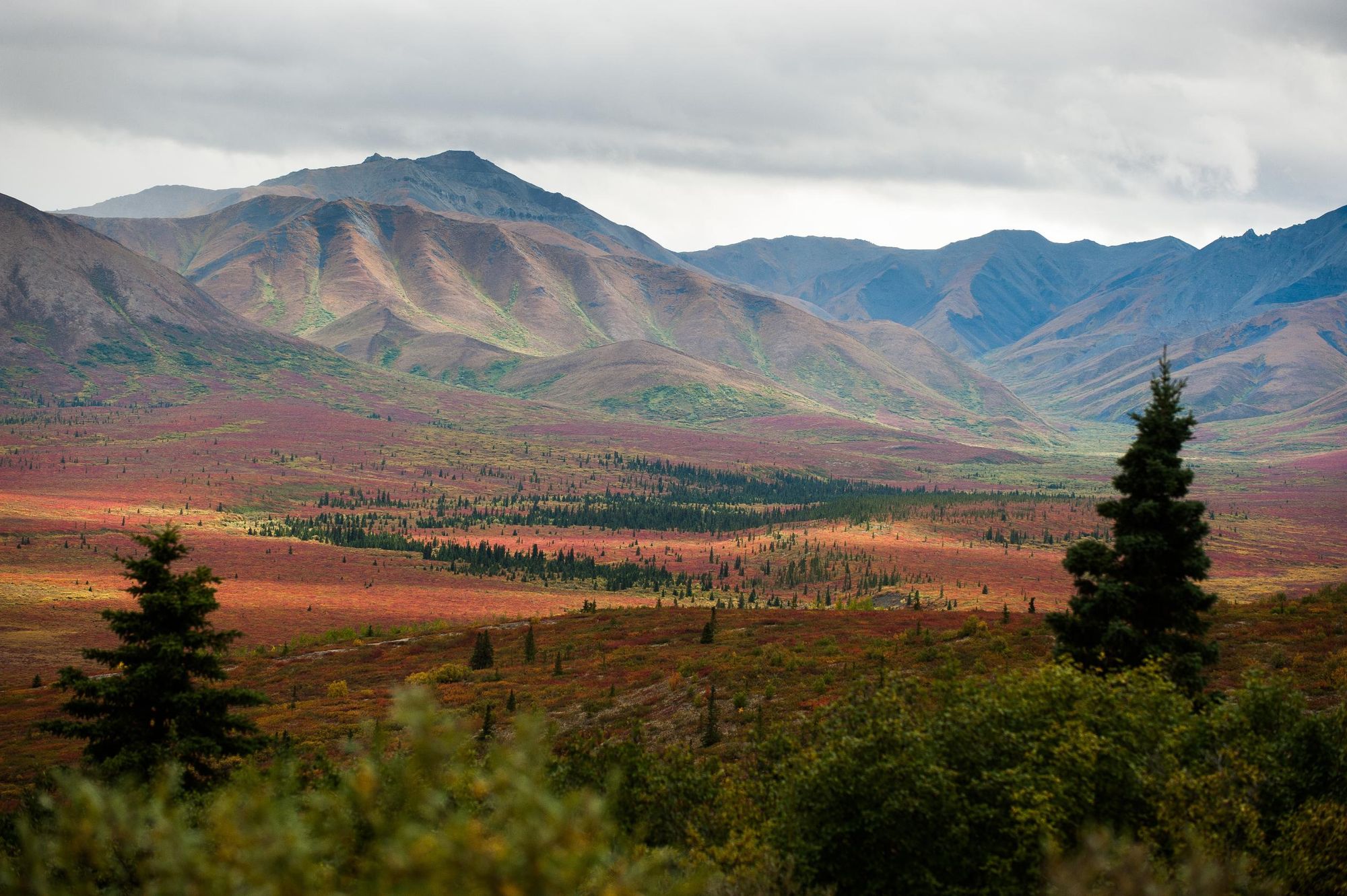
Most people visit Denali National Park between late May and early September. Outside of this time, the tourist transit buses will not be running, and campsites and lodges tend to close. During the winter months, Denali Park Road is closed at Mile 3, but the park itself is open for winter activities such as snowshoeing, dog sledding and skiing.
Late May to early June is a great time to visit Denali. You’ll experience fewer visitors and might find special rates for lodging. Weather is likely to be cooler, but in May it’s easier to spot animals against the snowy hillsides.
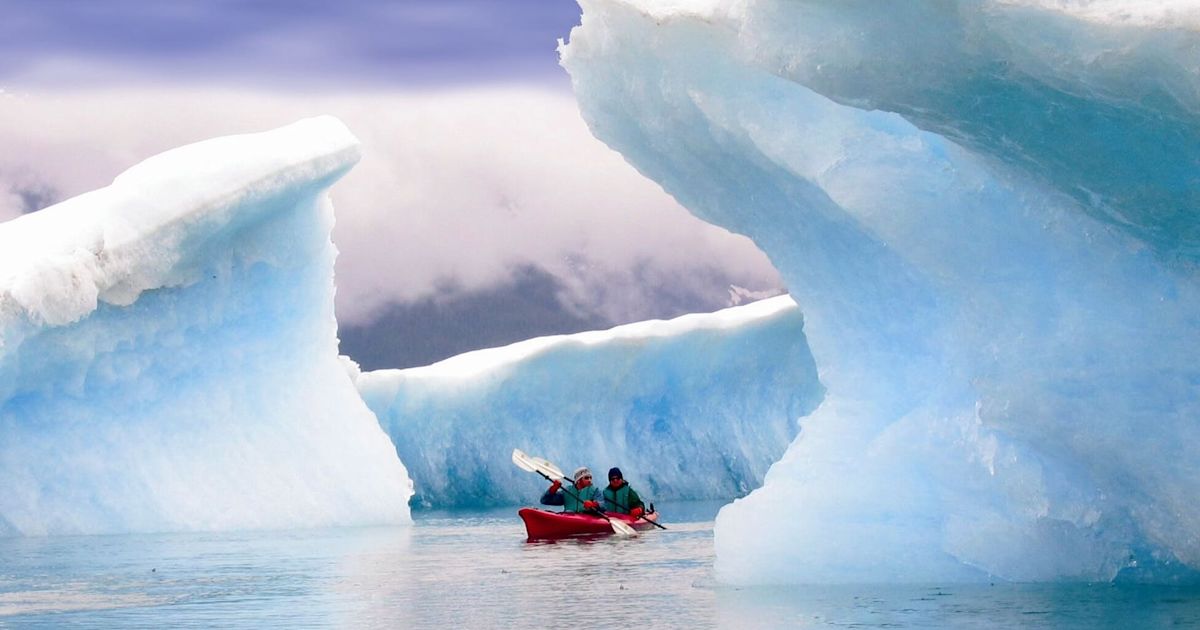
June and July is when you’ll be treated to the best weather, with temperatures between 15°C and 25°C . By this point the park is blooming with wildflowers, and you’ll have long periods of daylight when you can explore (up to 22 hours around the summer solstice).
Temperatures remain warm at the beginning of August but slowly decrease throughout the month, especially at night. By mid-September you can expect daytime temperatures between 5°C to 10°C, dropping to freezing at night. However, you will also experience the foliage changing from green to red and yellow, and there’s also a chance of being able to see the northern lights. But don’t visit too late in September or you’re likely to encounter road closures due to snow.
The 7 Best Things to in Denali National Park
1. Search For Wildlife
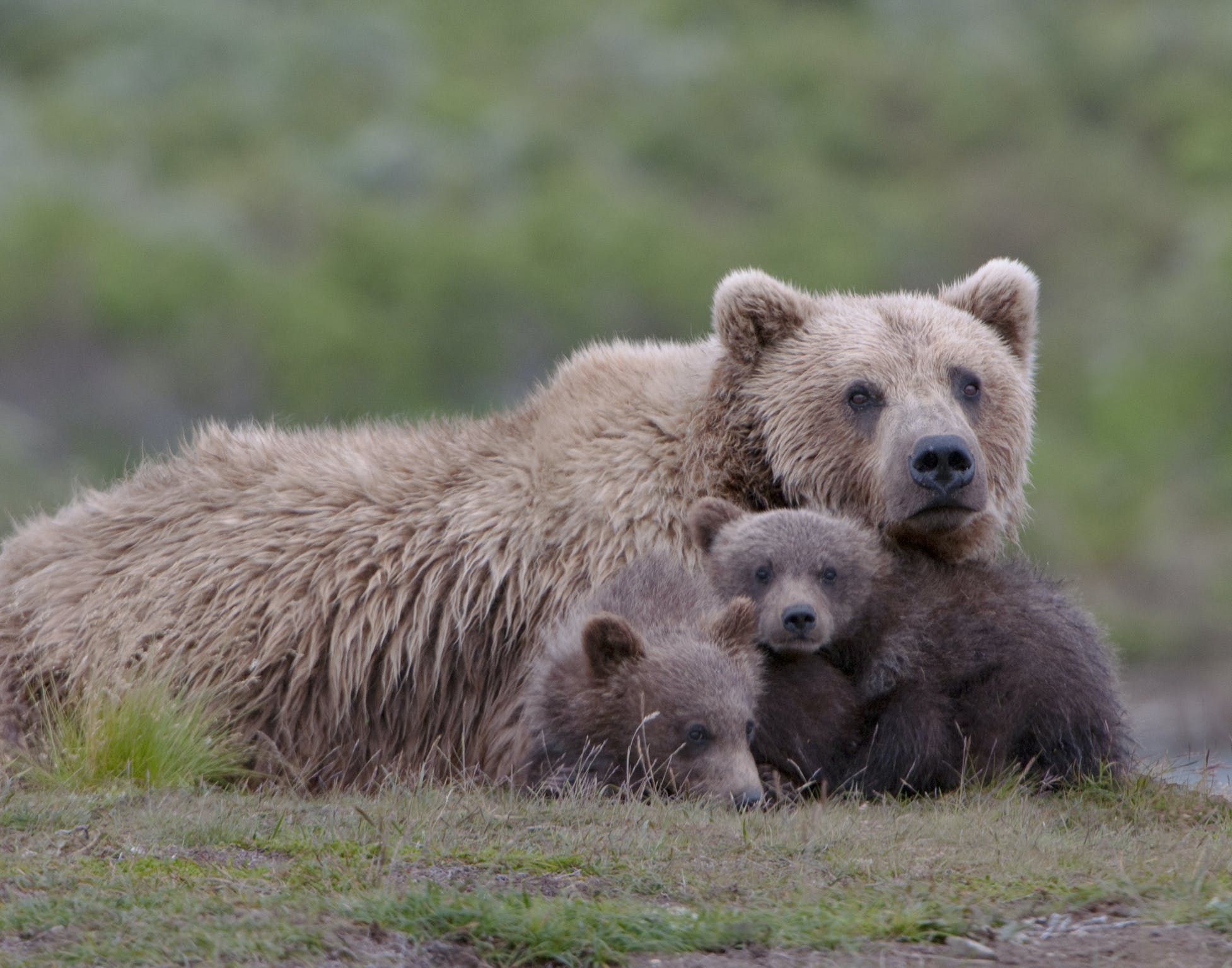
Denali National Park is renowned for its wildlife. It’s one of the few places to see the ‘Alaska big five’: bears; moose; caribou; Dall sheep; and wolves. The best way to see wildlife is on one of the buses run by the national parks service, which are the only vehicles allowed past Mile 15 on the Denali Park Road.
There are two types of buses you can take, hop-on-hop-off transit buses and tour buses driven by trained naturalists, who will provide a narrative as you pass through the park. Tour buses are best for those who would like to learn more about the natural landscapes and geology of the park, and transit buses are best for those who want more freedom to get off the bus for hiking and sightseeing. Both buses will make stops for wildlife watching.
One particularly good spot for wildlife watching is Sable Pass between mile Mile 37 to 42. With little vegetation it boasts wide-ranging views across the surrounding hills - look out for caribou, Dall sheep and grizzly bears.
2. Hike the Triple Lakes Trail
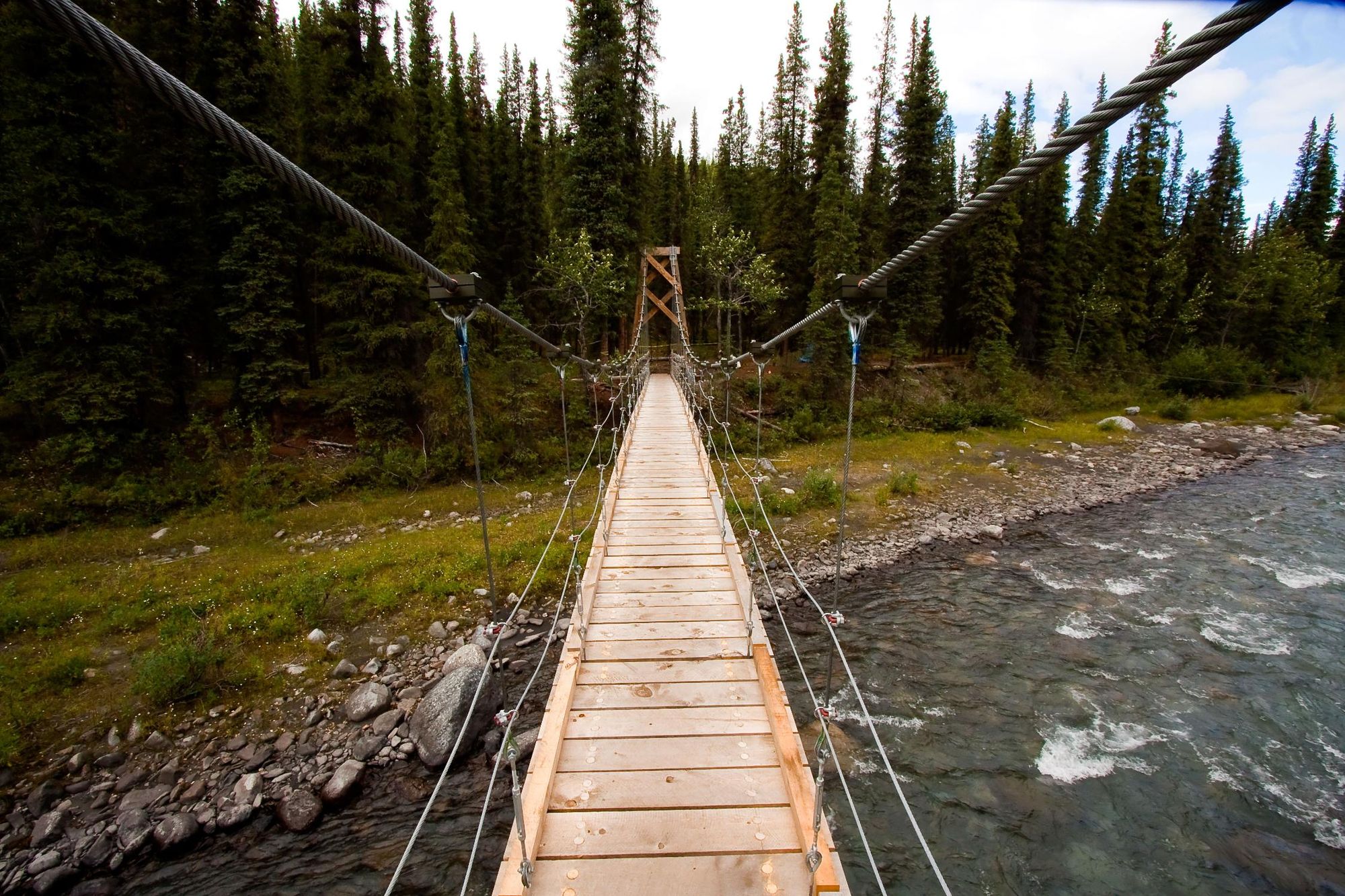
This 9.5 mile (15.2km) trail is the longest signposted trail in Denali National Park, a point-to-point hike that takes you into the wilderness and past three Alpine lakes. You’ll begin at the northern trailhead near Denali National Park Visitor Centre and hike south, heading into the forest and crossing several river bridges. At certain points in the year you can find wild blueberries and raspberries.

The path climbs higher, offering a view of the surrounding mountains. As you descend, you’ll catch sight of the three lakes that give the trail its name. Small side trails take you down to the shore of each lake. We recommend following at least one of them, as you might spot beavers on their shores. The trail ends at Denali Parks Highway (and can also be hiked in reverse).
3. Take a Trip on the Maclaren River
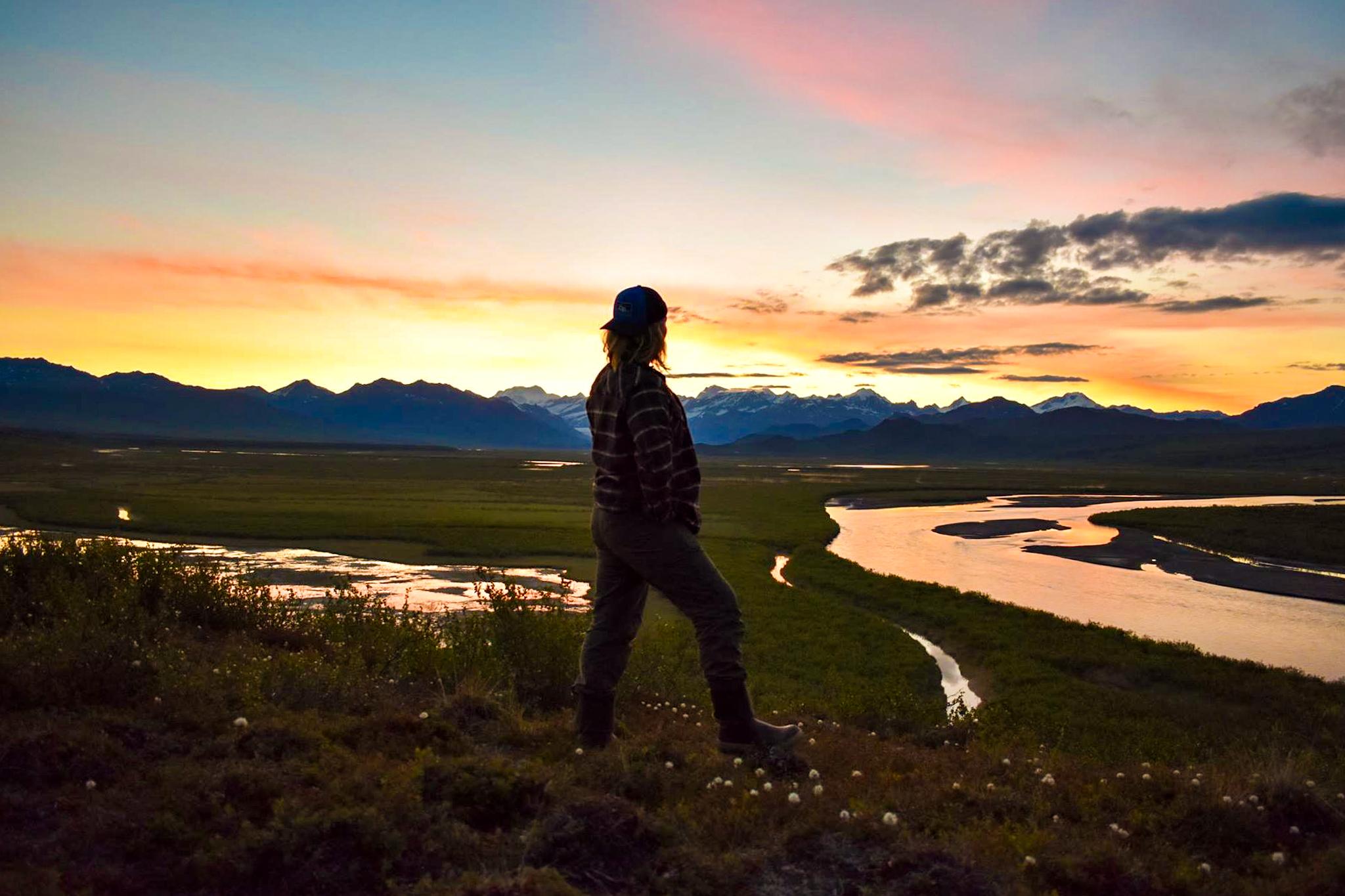
At Mile 42 on the Park Road you’ll encounter Maclaren River, a wide glacial river surrounded by snow-capped mountains. Stay at Maclaren River Lodge and they’ll take you on a jet boat ride upriver to their wilderness base camp. From here, you can hike to Maclaren Glacier across the backcountry. We’d recommend staying at the camp overnight, enjoying a campfire and the solitude of the Alaskan night, before paddling back down.
As you glide slowly downriver, you’ll be able to take in the wild scenery - grassland bordered with mountains. Keep your eyes peeled for wildlife like caribou and bears on the shore. This area is also excellent for birding, home to species such as the Arctic warbler, Lapland longspur, gyrfalcon and more.

4. Cycle the Denali Park Road
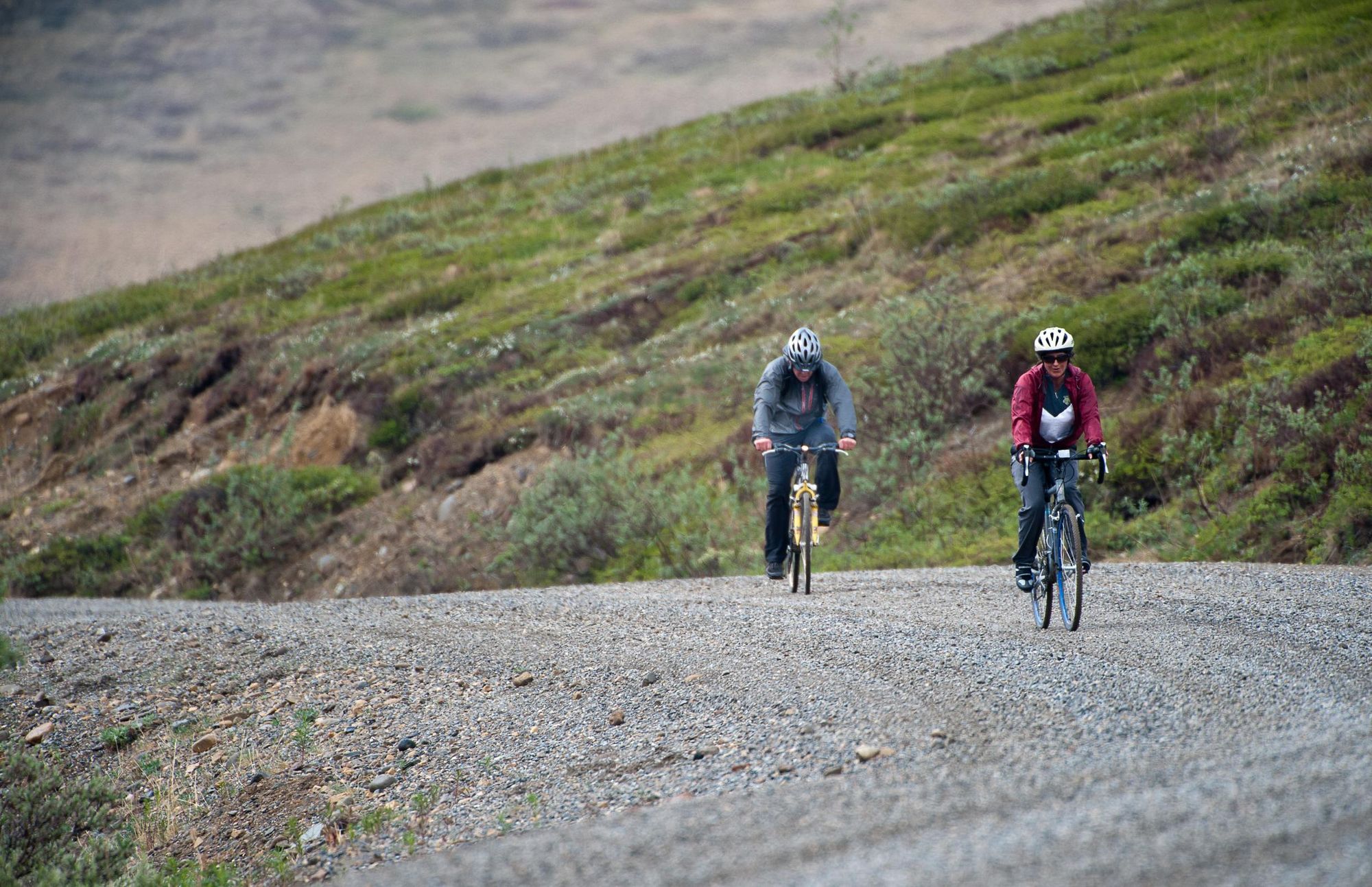
Private vehicles aren’t allowed on the Denali Park Road after Mile 15, but bicycles are. Head out on a bikepacking adventure into the park, following the gravel road as it curves across the landscape and over mountain passes. The views are spectacular - you can see for miles across the tundra, forest and mountains - and there are several campsites on the route where you can bed down for the evening.
Travelling by bike, you’re going much more slowly and quietly than you would by bus, making meeting wildlife more likely - especially with bears. The Denali National Park has some useful safety guidelines for bear encounters.
5. Go Whitewater Rafting on Nenana River
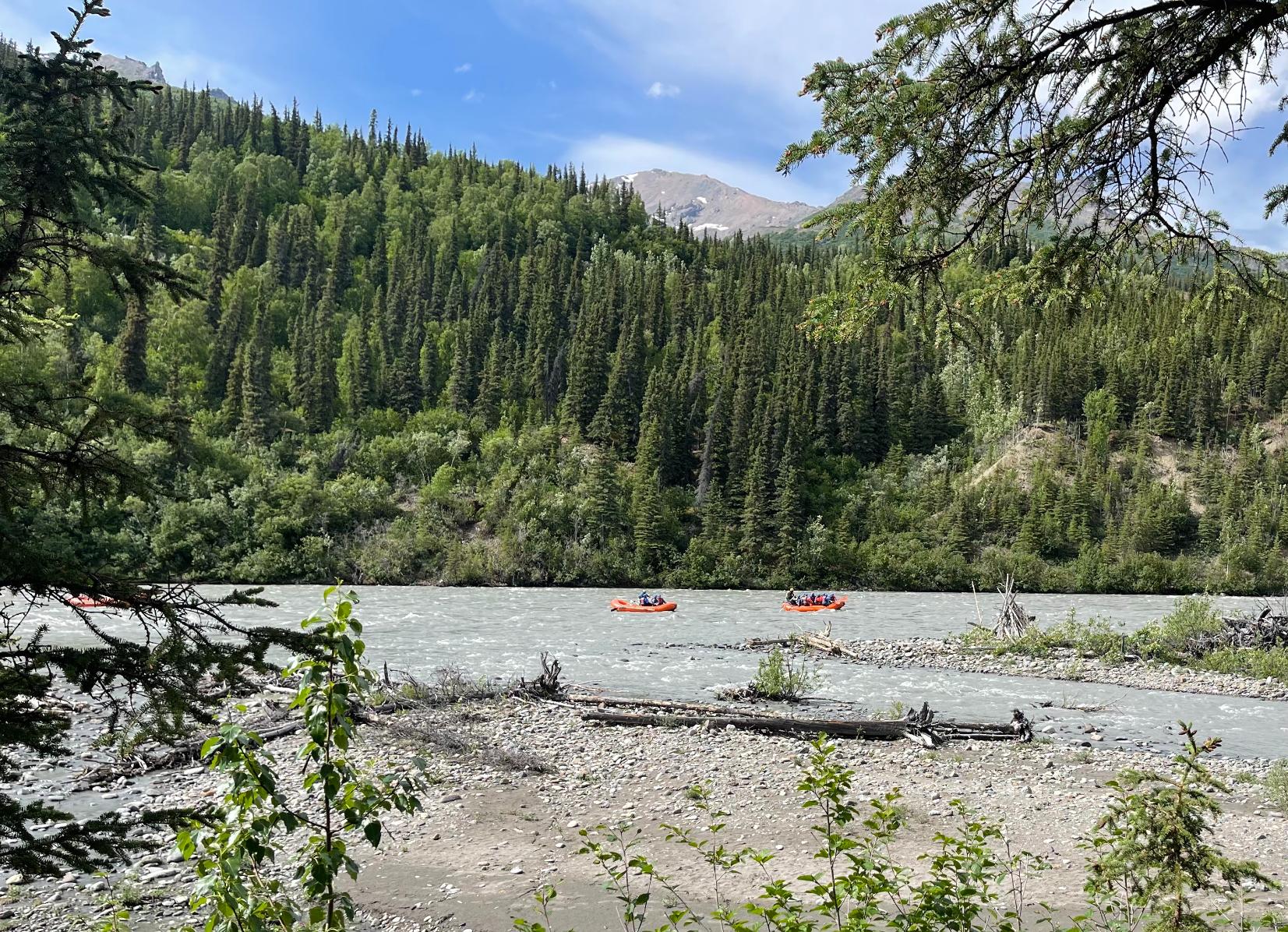
The fast-flowing Nenana River traces the eastern boundary of Denali National Park. It’s a popular destination for whitewater rafting and kayaking, thanks to plentiful access points and a series of rapids ranging from Class II to Class IV+.
The upper reaches of the Nenana run through a trench in the Denali faultline - a geologically interesting area with some Class II rapids, ideally suited for kayaks. At Windy Bridge the river picks up speed, carving a course through the high peaks of the rugged Alaska Range. The next 30 mile stretch has a variety of different rapids, from Class II to III+. Only the most experienced at whitewater rafting should continue down the infamous Nenana River Gorge, a stretch of churning Class IV and IV+ rapids that set pulses racing.
6. Explore the Backcountry
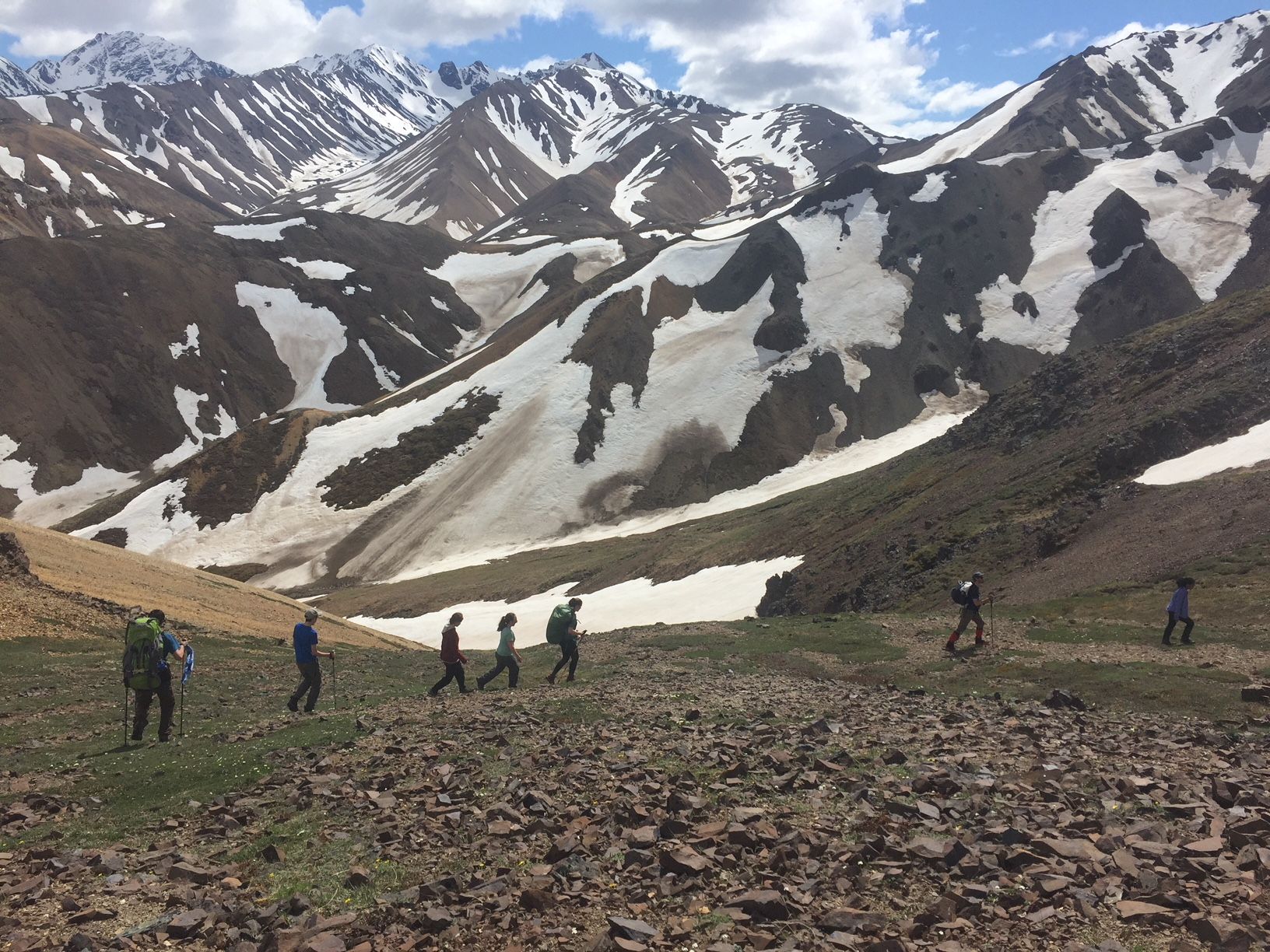
One of the draws of Denali National Park is its vast expanse of backcountry: no waymarked trails, no campsites, just miles of wilderness. The six million acres of the park are divided into 87 huge backcountry units, which you need a free permit to access; each one has a limited quota of backpackers allowed to hike and camp within it. These are allocated to everyone from solo hikers to small group guided expeditions - we’d always recommend the latter, however experienced you are.
Before you set out, you’ll need to attend a backcountry orientation with the park rangers, who will also check and help you fine tune your route. Then you’ll head out on your adventure, climbing mountains, negotiating river and glacier crossings, and hiking through the forest. You’re unlikely to encounter anyone else on your travels, which is part of the attraction of backcountry camping. Remember to adhere to leave no trace principles, ensuring the park remains pristine for those who come after you.
7. Climb Mount Denali
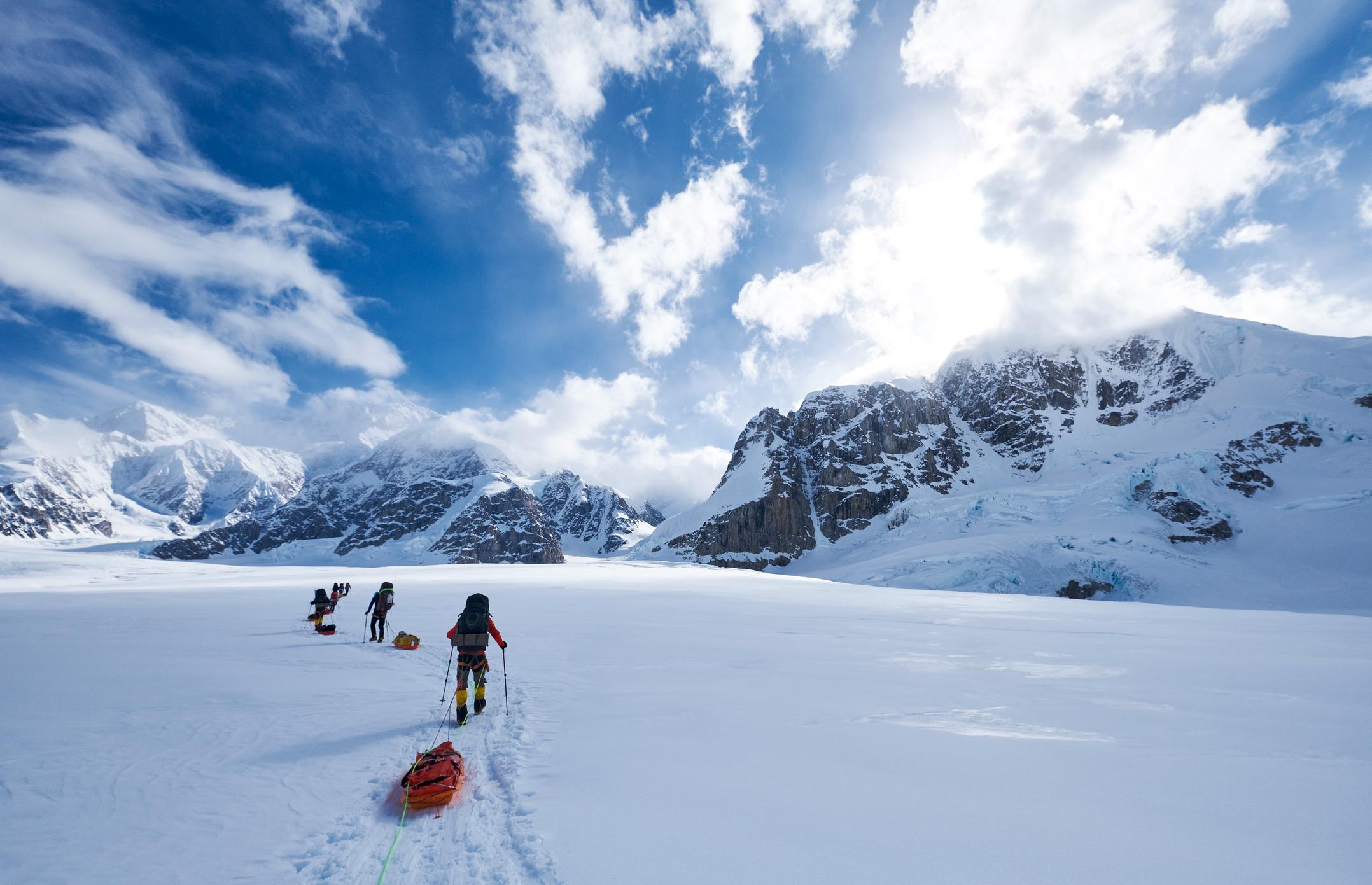
At 6,190 metres high, climbing Mount Denali - one of the iconic Seven Summits - is a serious undertaking. It should only be undertaken as part of a guided expedition, and those setting out on it need to have good winter mountaineering skills and experience ascending other glaciated peaks. The average expedition up Denali takes 17 to 25 days, as you move slowly from one camp to the next, pulling gear and supplies in sleds behind you.
The journey begins with a flight to Kahiltna Glacier. You’ll cross it and slowly make your way up the West Buttress, moving up through a variety of different base camps. Expect to be pushed to your physical limits on the trip. But you’ll also be treated to some unbelievable views of the Alaska Range, including the majestic snow-capped peaks of Mount Foraker, Mount Hunter, and Mount Huntington.
Where to Stay in Denali National Park
National Park Campsites
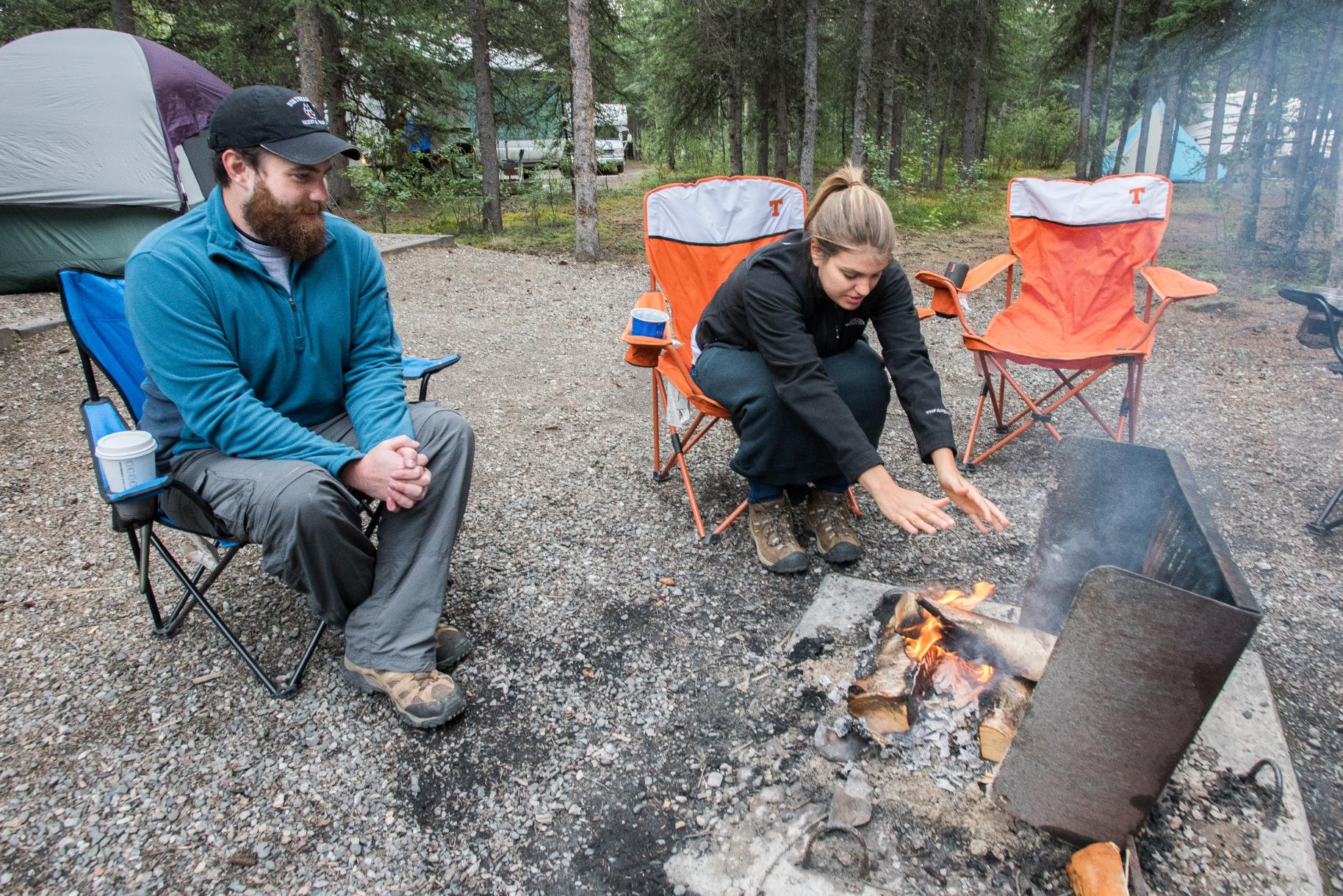
There are six campgrounds within Denali National Park (although Wonder Lake and Igloo Creek Campgrounds are both closed due to the landslide). All campsites are open to RVs and tents, aside from Sanctuary River Campground, which is tent-only. Located off the Park Road in a heavily wooded area near Sanctuary River, this is your quietest and most secluded option. Make sure you reserve pitches in advance.
Denali National Park Entrance Area
Most people choose to stay just outside of the park, as there’s a wider variety of accommodation, from rustic lodges to more upmarket hotels. Many of these are located a short distance from Denali Park Visitor Centre at the park entrance - where bus tours and excursions depart from - and offer free shuttle services to take you there. Many of these are still scenically situated, surrounded by spruce forest or bordering quiet lakes.
Lodges Along Denali Park Road
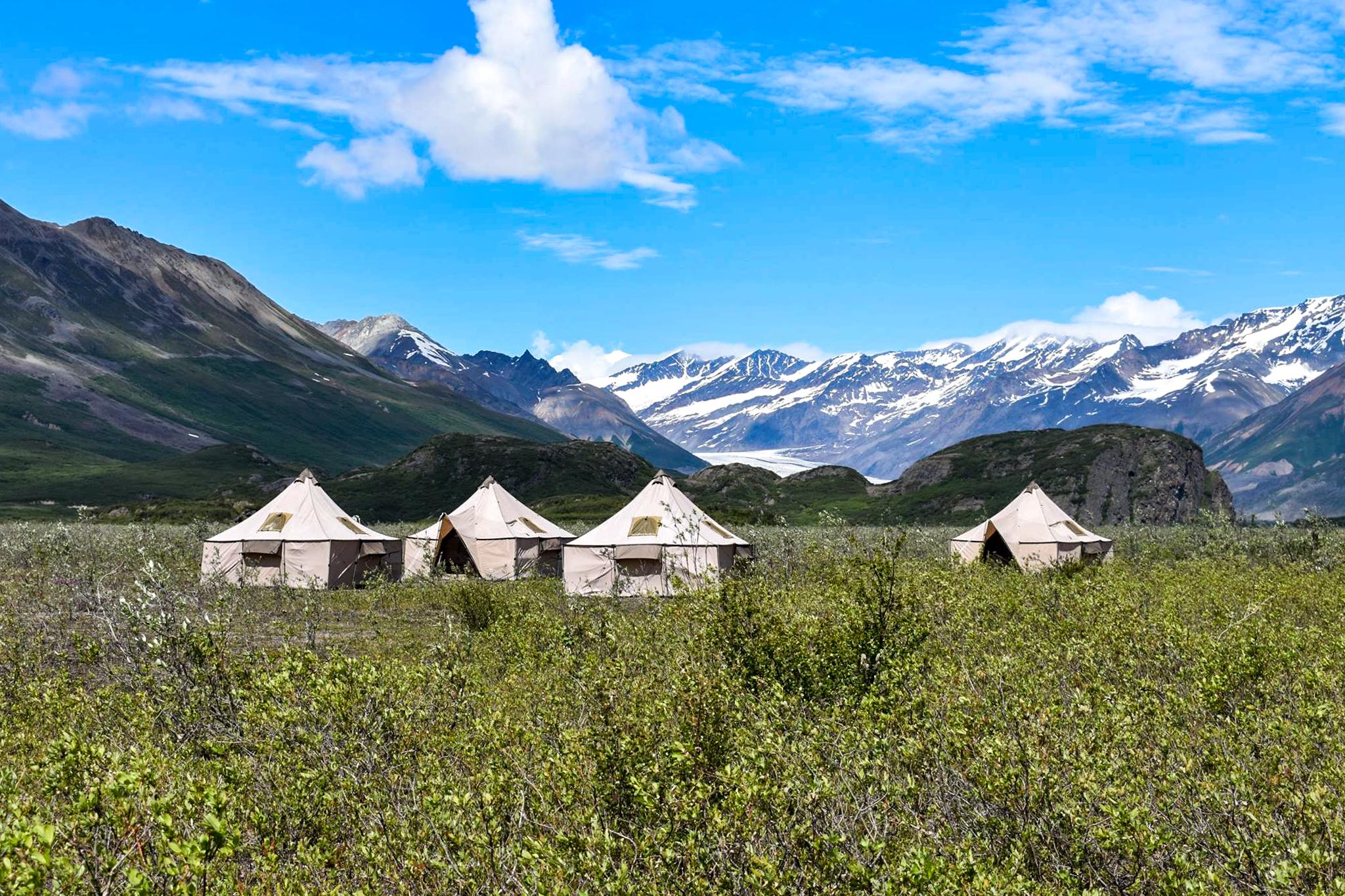
There are several privately-run lodges located along Denali Park Road, many before the closure at Mile 43. We recommend Maclaren River Lodge at Mile 42, which is around as far into the park as you can currently go by road. The lodge also boasts a Glacier Camp, 10 miles upriver into the backcountry, which they can transport you to by boat.
Kantishna Backcountry Lodges
Kantishna is a wilderness area right at the end of the Denali Park Road, where few tourists venture. You’ll find several remote lodges here, which run guided hikes across the tundra and ridges of this sub-Arctic landscape, or have canoes and maps available to hire if you prefer to explore independently. Currently the road to Kantishna is closed, and access is only by air - the 55-minute flight gives you amazing views of the Denali Massif and surrounding mountains and glaciers.
Healy
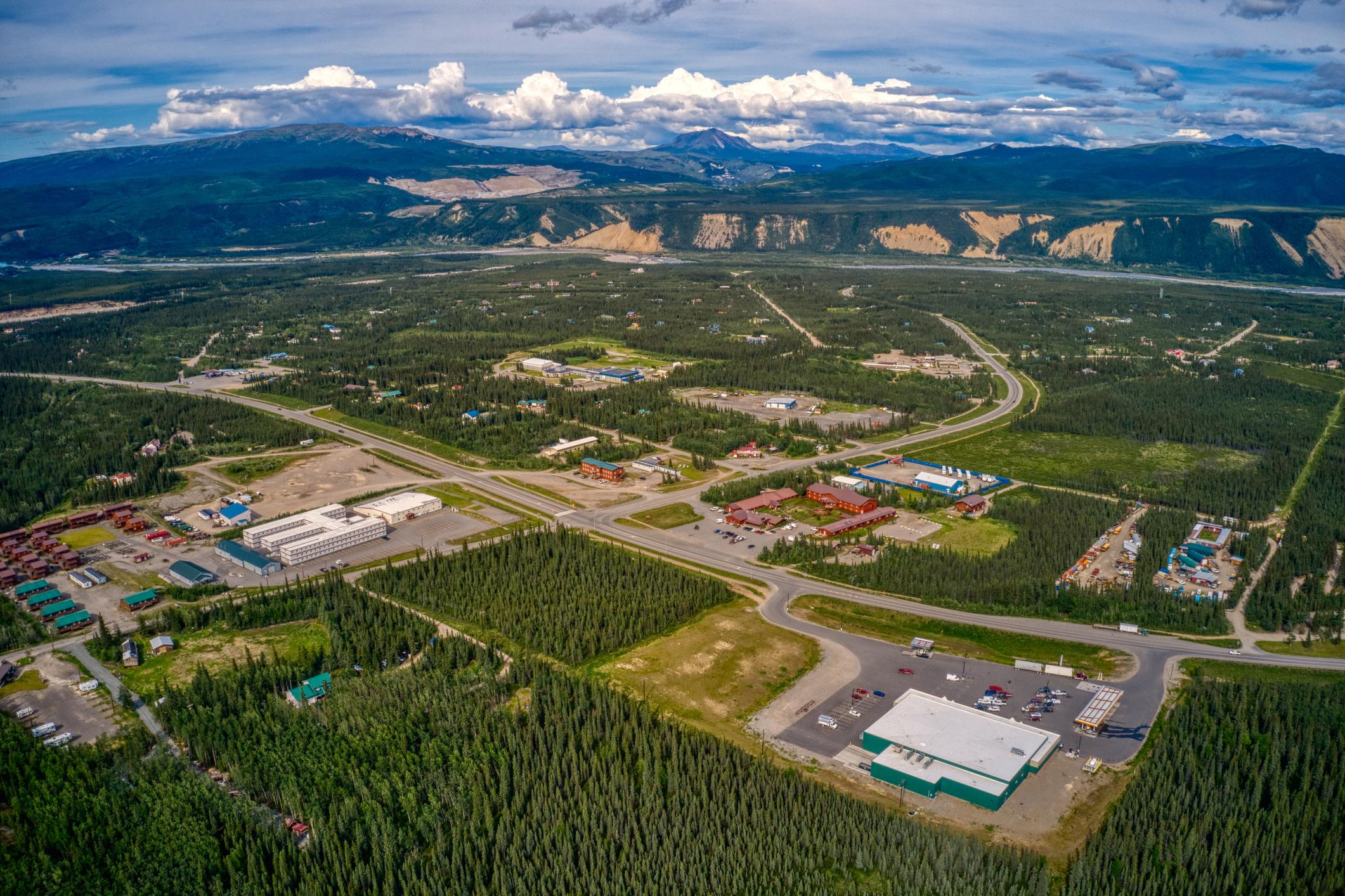
Healy is the closest town to the Denali National Park, located around 11 miles north of the entrance. A former coal mining town, it’s now well geared up for tourism, with a range of accommodation, restaurants, a grocery shop and a brewery. Many of the hotels offer a shuttle service to and from the park. The town is known for the famous Stampede Trail, where the bus that Chris McCandless once lived (and died on) - it’s now been moved.
How to Get Around Denali National Park
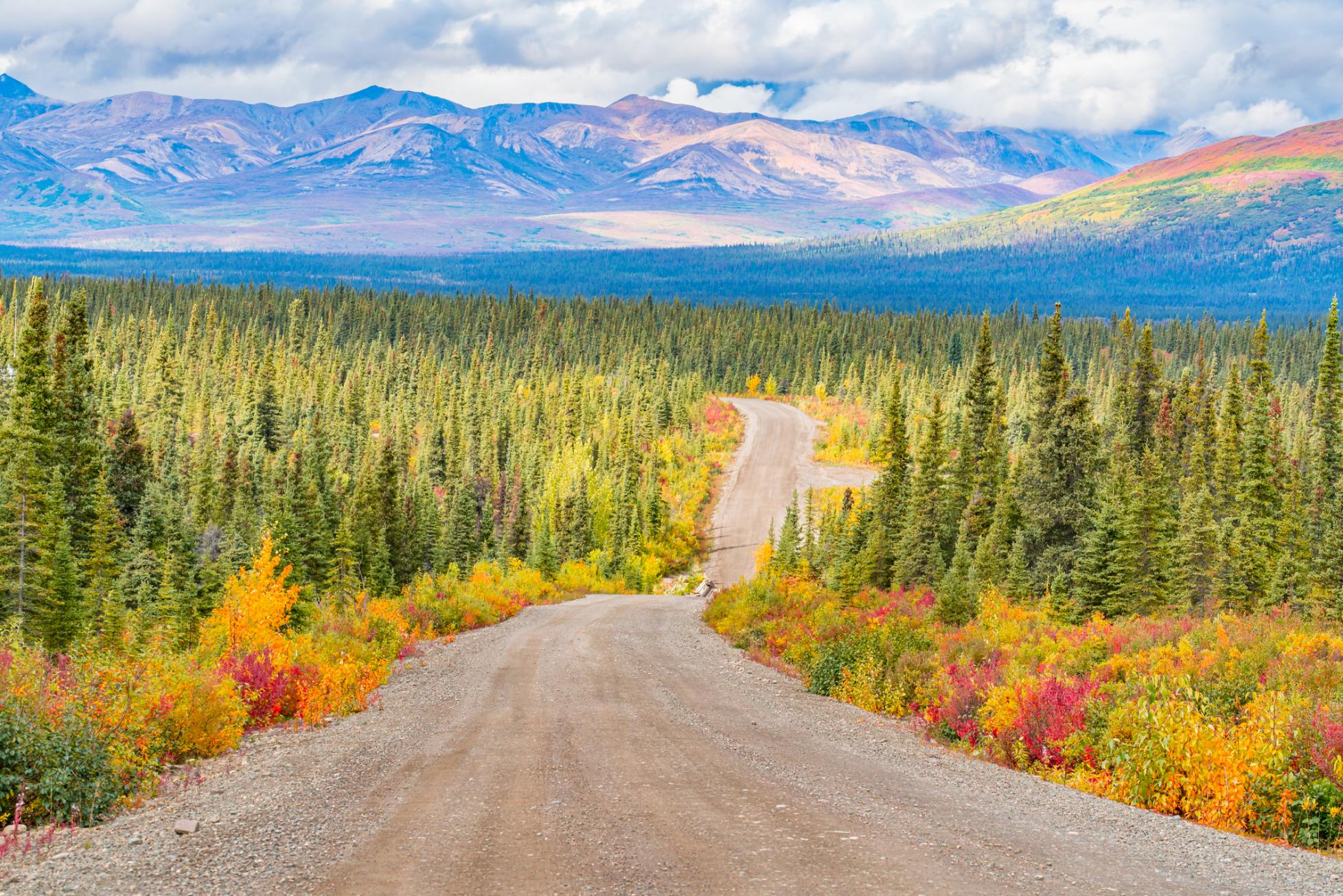
You can get around Denali National Park via private vehicle up until mile 15. Free shuttle buses also serve the entrance areas - such as the visitor centre and sled dog kennels - as well as the park road up to Mile 15.
Following that, you can proceed via park bus, on foot or by bicycle. On their way back, cyclists and hikers can hail transit buses or shuttles - however, with only two bike spaces per bus, it’s best to reserve a slot in advance.
How to Get to Denali National Park
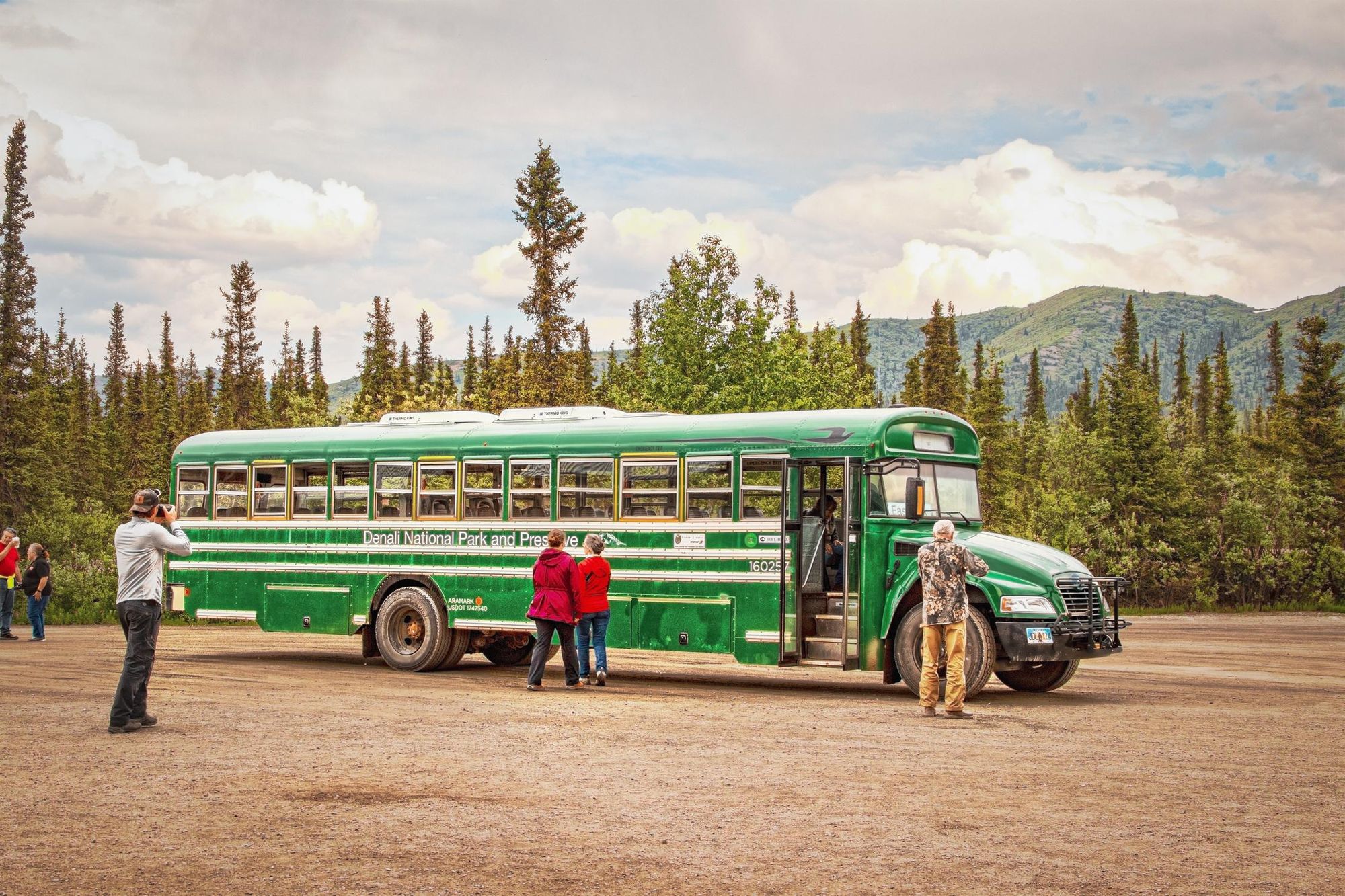
By Plane
The closest international airports to Denali National Park are at Anchorage and Fairbanks. You can fly from Anchorage to the Denali National Park entrance with Denali Air, but most people opt to drive or take the train.
By Train
A train line runs from Anchorage to Fairbanks, a scenic trip past the Chugach Mountains, the backcountry Hurricane area and Denali National Park. The train station at Denali is a five minute walk from the visitor centre. To make a reservation, visit Alaska Railroad.
By Car
Denali’s only road entrance is located at Mile 237 on the George Parks Highway. It’s around 240 miles north of Anchorage and 120 miles south of Fairbanks.
Inspired? Join us on The Ultimate Adventure in Alaska, which includes a trip to Denali National Park


